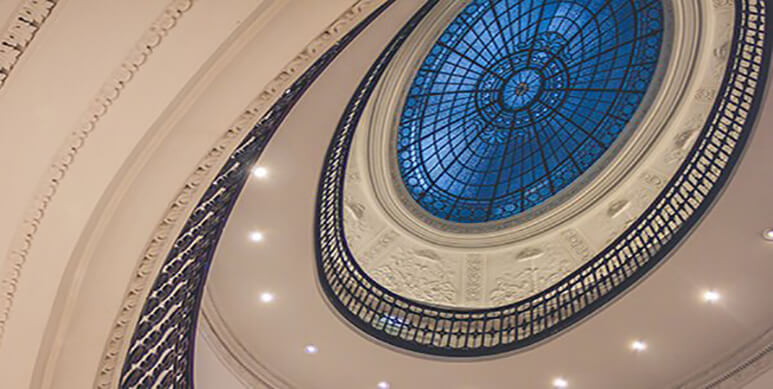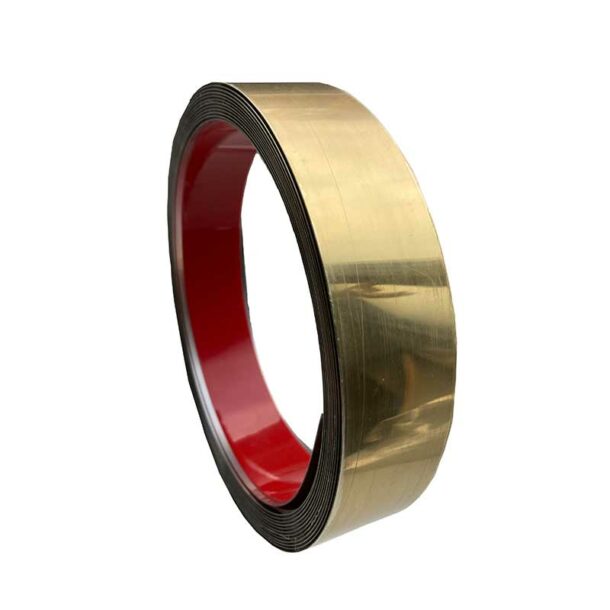In the preservation of historical monuments, lime plaster is considered a permanent component, and modern home builders will not be able to avoid it if they want to enjoy the advantages of this building material. The versatility of our marble plasters makes them suitable for a wide range of applications. Stucco Veneziano and Stucco Marmorino are pure marble plasters, without the addition of organic coatings made from petroleum. The disadvantage of these synthetic binders is first of all their susceptibility to mould and the environment is unnecessarily polluted. However, these binders are not necessary. Today there are people who spend 80 percent of their time in closed rooms. Thus it is dependent on the climate of these premises how health and well-being can unfold. The demand for low-emission building materials is rising again. If you work with the instructions of Stucco Naturale, nothing stands in the way of a noble result, and this with natural products such as our highlights, the marble plasters Stucco Veneziano and Marmorino. Click here for the processing instructions.
What are the advantages of using marble plasters?
These plasters are free of harmful substances and the room humidity is regulated. Thanks to the alkalinity of the lime, microbes will not be able to live. This hygienic effect used to be used in stables. It also has an antistatic effect and therefore less house dust gets caught. The high aging aesthetics works in its beauty without comparison. Lime is reversible and can easily be disposed of. The versatility of the processing options has already been presented in another article. You can read it here.
What is the difference between Stucco Veneziano and Marmorino?
The difference between Stucco Veneziano and Marmorino are the different grain thicknesses of the marble flours used. This is noticeable by the different degree of gloss and the appearance. Stucco Veneziano is usually smoothed to a high gloss and the 3 layers applied create a certain depth effect and a marbling that is more or less present depending on how dark the plaster is coloured. Marmorino, on the other hand, is applied and smoothed in 2 coats. This results in a silky matt surface with a cloudy, Mediterranean appearance. However, Marmorino can also be applied in three layers, and the more it is smoothed, the more the shine comes to the fore.






 My name is Stefan Fischer and I am an executive board member of stucco naturale. In this blog you will find useful information and tips on Stucco Veneziano and decorative spatula techniques.
My name is Stefan Fischer and I am an executive board member of stucco naturale. In this blog you will find useful information and tips on Stucco Veneziano and decorative spatula techniques. 